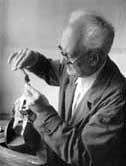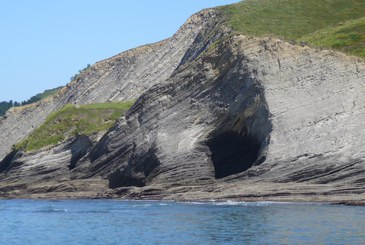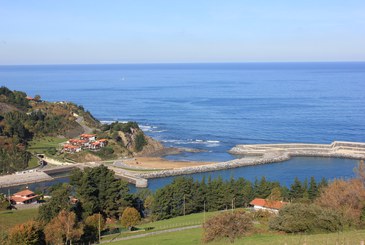
Damascene
Damascene is the art of incrusting gold on steel. The gold used for damascene work is usually pure, 24 carats, of yellow colour. However, green gold can also be used, to obtain combinations that make the patterns stand out and transmit greater elegance through the contrast.

The damascene working technique was discovered in Eibar by Eusebio de Zuloaga, in spite of the interest many people have for situating the origin of this art in the East, in Damascus, to be specific.
The damascene industry, in its purest artisanship aspect, was easily assimilated in Eibar and the surrounding area, where there had always been outstanding artists devoted to the beautification of guns, despite the fact that the main part of the production was destined for military ends and therefore generally free of ornamentation. Thus, when the Zuloaga family created Eibar damascene, there was already an inherited predisposition in place.

Damascening had, and still has, multiple applications. One of the main applications is found on guns: On the one hand, it could be used to insert the name of the craftsman, year of manufacture, inscriptions and details referring to the identification of the gun. It was also used for true decoration, so to speak, based on the reproduction of acanthus leaves, large glass beads, dragons and cartouches, either in smooth form or in relief, the same as the figures alluding to animals related to hunting that were engraved on shotguns. Another of the applications of damascening work can be found on pieces of jewellery.
As a work tool, the cast iron ball is essential, placed on a wooden triangle that serves as a support or base. To apply light blows to the gold thread, or incrust it with a flat-based punch, a small hammer is used, very light and with a wide mouth, similar to those used by engravers who use a burin.




